

Citizens Become 'Avengers' to Reclaim Lost Public Spaces
We have discovered the potential for citizens to reclaim public spaces lost to private interests. Privately owned public spaces (POPS) are intended for public use but are owned and maintained by private building owners. In exchange for providing POPS, developers receive floor area bonuses and other regulatory benefits. However, many property owners and managers illegally hinder public access to POPS through hostile architecture, restrict amenities, misuse them for parking or waste disposal, and even profit by illegally operating restaurants or cafeterias. These issues are common in cities like Seoul and New York City.

What Date Works Best for You?
In 2015 the state of California ended more than 150 years of off-cycle local elections with the passage of SB 415, the California Voter Participation Rights Act (Anzia 2012; SB415). Aiming to increase turnout in local elections, the bill forced all California jurisdictions (like cities and school districts) to begin holding elections concurrently with statewide elections. SB 415 allows local governments to align their elections with either general or primary elections in even numbered years, resulting in variation across cities in the kind of concurrent election that they hold. This state level change in election law offers a unique opportunity to measure the effect of forced changes to election timing on voter turnout and voter priorities.
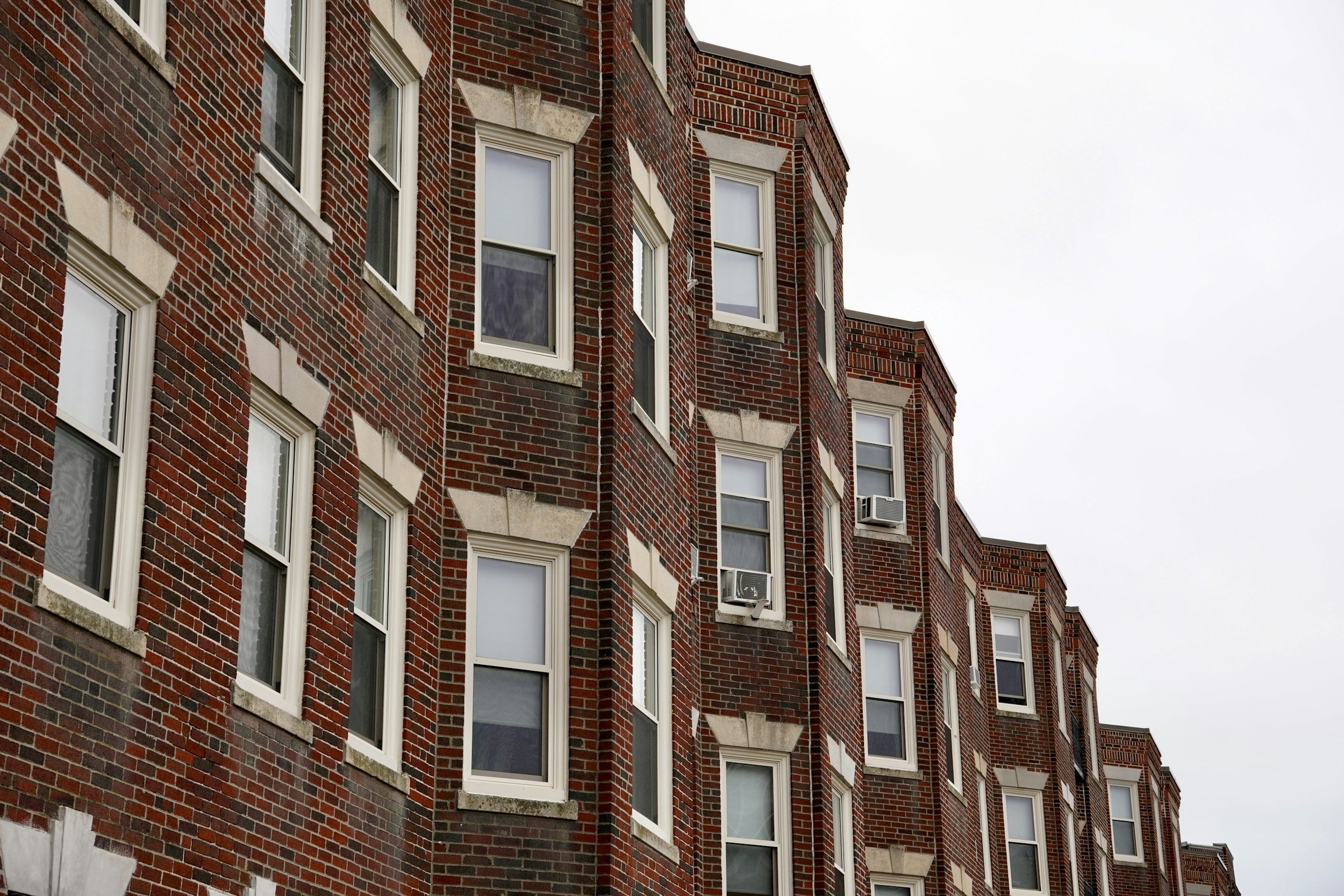
Congregation Sponsored Affordable Housing
This research aims to examine how congregations form development partnerships and what successful planning strategies they utilize to gain city approval and accomplish affordable housing construction. Secondly, this research compares faith-based development planning activities to urban planning standards for project design and social integration. Thirdly, this article explores whether congregation members social networks were utilized to obtain support for the affordable housing project. I adapted survey items measuring forms of social capital mediated by organizations for civic engagement and political participation.

Political Lessons from American Cities: Seattle
This special series, “Political Lessons from American Cities,” is presented courtesy of Temple University Press. In this episode, you'll hear from Jennifer A. Heerwig (Stony Brook University) and Brian J. McCabe (Georgetown University) about their book, Democracy Vouchers and the Promise of Fairer Elections in Seattle.

Political Lessons from American Cities: Houston
This special series, “Political Lessons from American Cities,” is presented courtesy of Temple University Press. In this episode, you'll hear from Els de Graauw (Baruch College/CUNY Graduate Center) and Shannon Gleeson (Cornell University) about their book, "Advancing Immigrant Rights in Houston."

60.6
Issue 6 of our anniversary volume features an introductory essay by managing editors Christina Greer and Tim Weaver. Featuring Zoltan Hajnal and Jessica Trounstine's 2013 article, “What Underlies Urban Politics? Race, Class, Ideology, Partisanship, and the Urban Vote,” along with a new essay by Hajnal and Trounstine reflecting on their influential work today.

Trends and Characteristics of U.S. Metropolitan Neighborhood Integration, 2000-2020
Integration, arguably one of the primary goals of the Civil Rights Movement, has become a topic of renewed interest among scholars as a means of promoting racial, ethnic, and socioeconomic equity in the United States. Dr. Elizabeth Anderson in particular argues that integration “consists in comprehensive intergroup association on terms of equality.” Conceptions of integration like this represent a more expansive understanding of integration than how most researchers measure it and likely how most of us understand it.

The Effects of Policy-Interested Bureaucrats on State and Local Policymaking
Housing choice vouchers — formerly known as "Section 8" — are the primary way that the federal government provides rental assistance to low-income Americans. Vouchers work through a three-way contract: low-income tenants pay a fixed portion of their income to a private landlord, and a local Public Housing Authority (PHA) pays the difference between what the tenant can pay and the fair market rent. An administrative challenge of this program is that some landlords may not want to participate, whether because of the red tape that comes with contracting with a PHA or because of stereotypes that voucher-holders are bad tenants. There is no federal prohibition against landlords simply refusing to rent to any tenant who wishes to pay their rent using a housing choice voucher.

What Drives Adaptation?
While coastal local governments are accustomed to managing disruptions and uncertainty, they will face a pronounced challenge from sea level rise (SLR). SLR has the potential to reshape coastal communities through enhanced coastal flooding, saltwater intrusion, and the eventual loss of habitable land. In the long term, SLR could lead to migration away from low-lying coastal areas, reductions of tax revenue, demand for new infrastructure, and costly damages from extreme weather events, but even today recurrent high tide flooding is already delaying commuters in coastal areas.
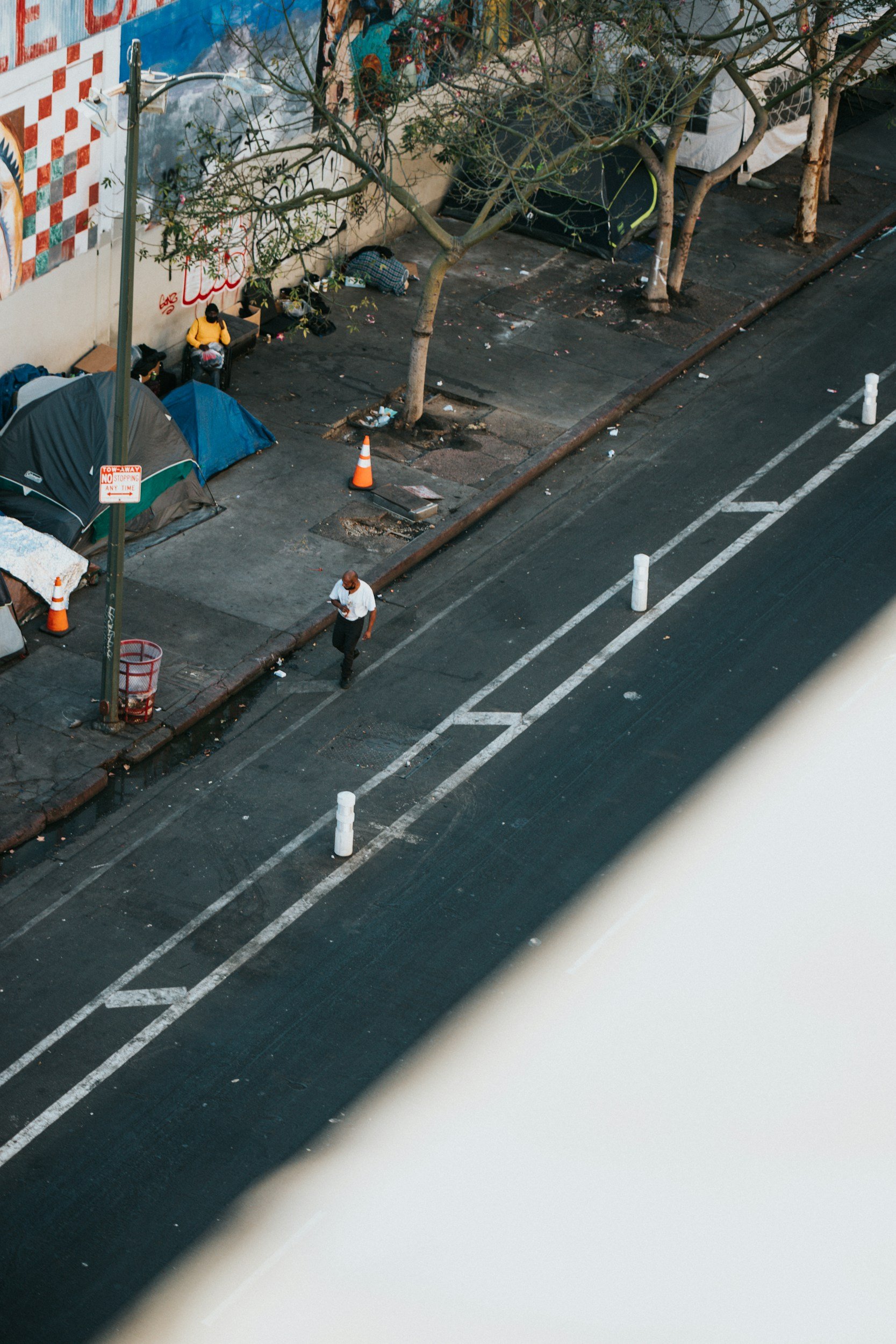
A Tale of Two Crises
At the onset of the COVID-19 pandemic, the situation of people experiencing homelessness and what communities could do to protect this vulnerable subpopulation emerged as an area of particular concern. People experiencing homelessness are both less likely to be able to self-isolate or quarantine and more likely to suffer a severe case of COVID-19 due to underlying health conditions. In addition, local mitigation efforts in response to the pandemic may have negative, unintended consequences for the population experiencing homelessness.
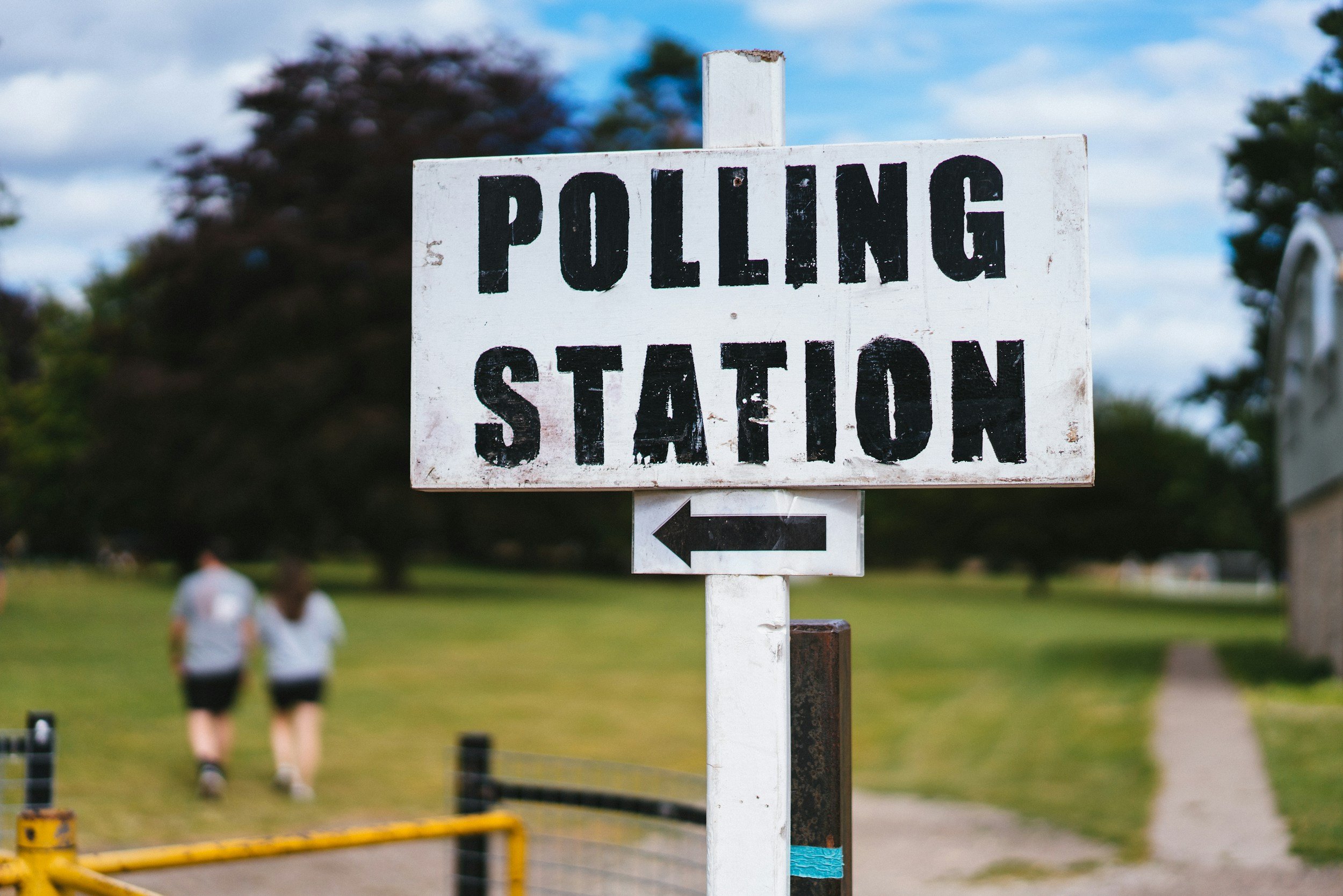
Local Democracy in America
Judging by rates of turnout and contestation in mayoral races across the roughly 2,500 municipalities examined in this study, it seems safe to conclude that there is room for improvement when it comes to the health of local elections in the United States. While turnout varies considerably, across the more than 10,000 mayoral races we investigated, it averaged only 43 percent, and almost half of all races (48%) were unopposed. Though these statistics seem rather pessimistic, our study confirms prior research, which finds that the most powerful predictor of turnout in mayoral elections is when the election is held . We find that irrespective of size or location, municipalities with off-cycle elections have turnout rates about 25 percentage-points lower than municipalities whose mayoral elections are concurrent with presidential elections. The good news then, is that a very promising means by which to significantly increase turnout in local elections is not only quite simple, but also clearly within the province of policymakers: changing the election date.

Local Investment and Code Enforcement as Potential Moderators to the Criminogenic Effects of Commercial Places
Commercial places are important amenities for any community. Communities and their residents need access to commercial places that provide core goods and services (e.g., retail stores, banks, grocery stores, restaurants). These place types, however, are often associated with higher levels of crime, though there is within-place type variability. In “Do Investment and Code Enforcement Mitigate the Criminogenic Effects of Commercial Places on City Streets?” we examine whether investment and code enforcement actions moderate the criminogenic impact of commercial places.

Issue Accountability in Non-Partisan Municipalities: A Case Study
Do voters know what their municipal councillors actually do on council? And if they do know what their councillors are up to, does this knowledge help them keep councillors accountable? Issue accountability – the extent to which elected representatives are rewarded or punished by voters for their legislative actions in office – is fundamental to how we often think about democratic representation, but this form of accountability requires that constituents are aware of their representatives’ actions in office. To what extent do voters have this kind of awareness?

Social ties, community events, and civic engagement in urban settings
Our research focuses on the role of social ties in the development of civic norms within urban communities. Previous political science research finds that socioeconomic resources and “strong” social connections to friends and family members increase political participation. However, most interactions in urban settings occur between “weak” social ties who include neighbors, colleagues, acquaintances, and even strangers. Despite their potential importance, little is known about the political consequences of informal social interactions with neighborhood-based ties in shared urban spaces. How do these casual interactions with weak social ties shape political participation?
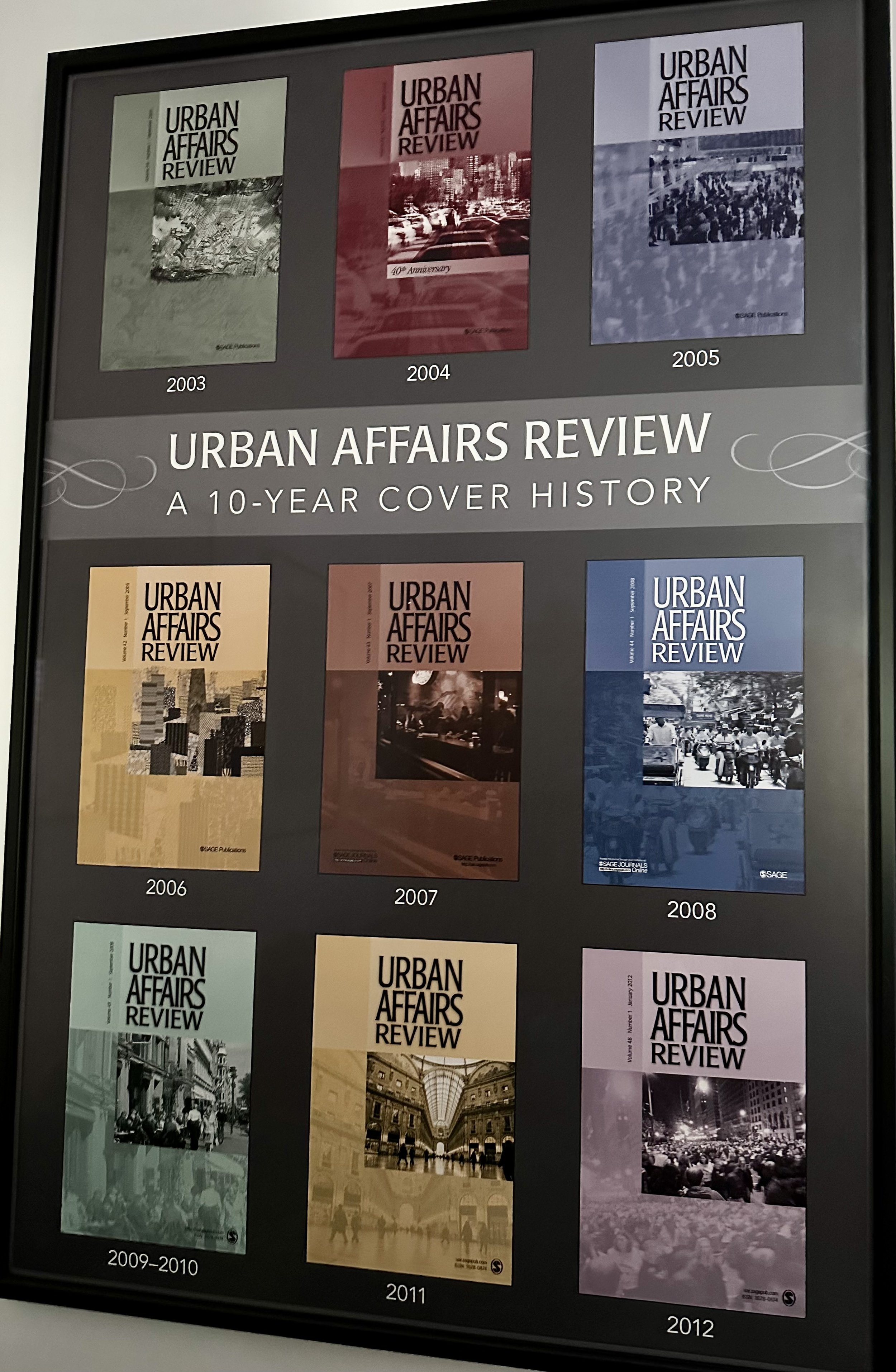
60.5
Issue 5 of our anniversary volume features an introductory essay by managing editors Maureen Donaghy (Rutgers University-Camden) and Yue Zhang (University of Illinois-Chicago). Featuring Jefferey Sellers’ 2005 article, “Re-placing the Nation,” along with a recent essay by Dr. Sellers on urban comparative politics. We’re also pleased to share a wonderful essay by former UAR editors Susan Clarke and Michael Pagano that reflects on their long tenure as editors and the changes in the field.

The Politics of Local Integration Governance
What do we know about horizontal governance relations at the local level? In general, local experiences exhibit two contrasting trends. On the one hand, there is a certain degree of local pragmatism by local governments in developing such relations, as non-public and private actors are key partners in the implementation of integration programs and the delivery of local social services. On the other hand, refugee integration has transformed small localities into battlegrounds with conflicts between pro-migrant non-public actors and local governments.
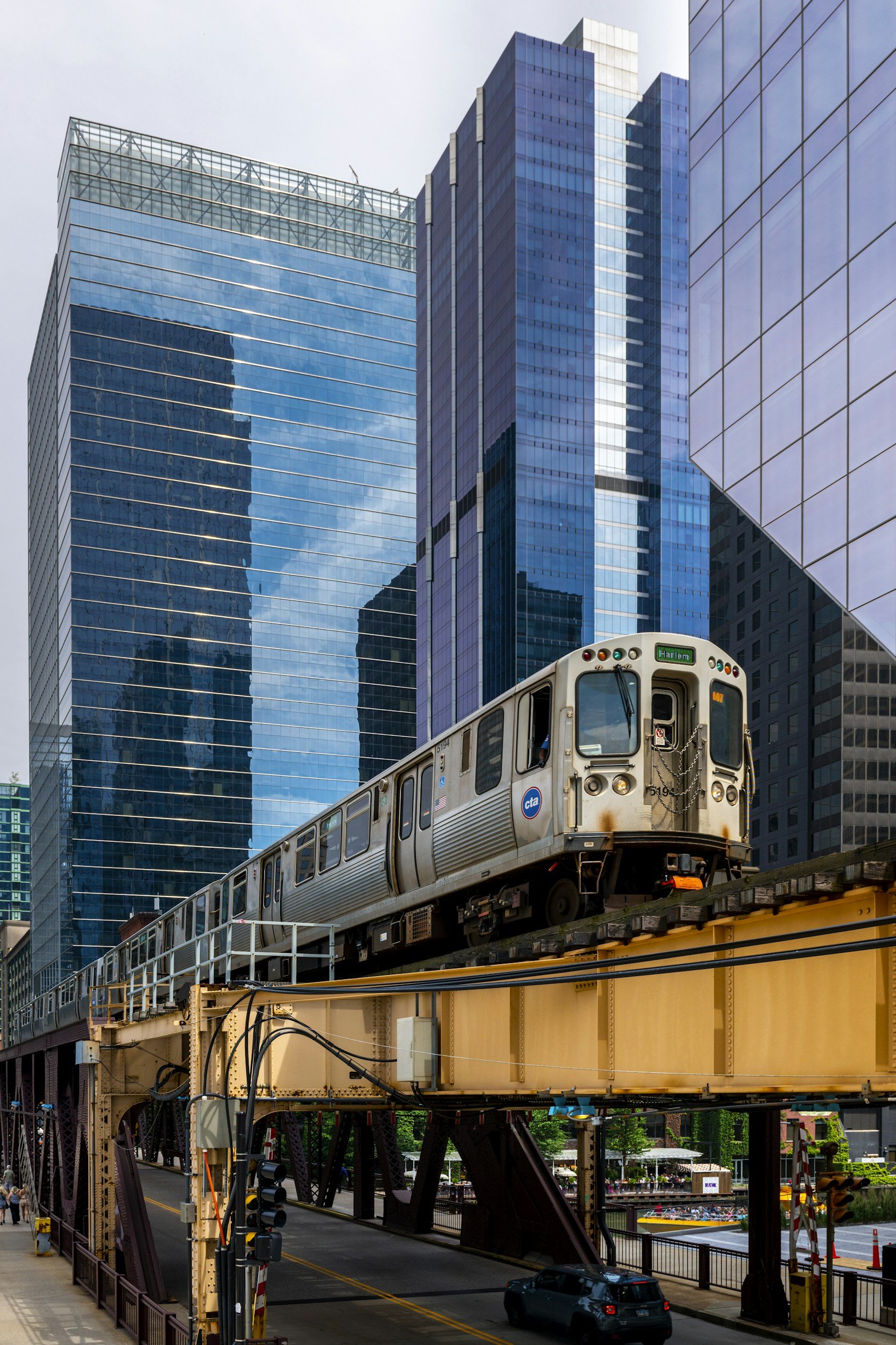
Exploring the Impacts of TOD Housing Stock and Built Environments on Housing Costs in Twenty-Six U.S. Metropolitan Areas
This paper contributes to the debates on housing supply efforts and the “missing middle” argument by examining the relationships between the share of metropolitan housing units in three types of compact transit-rich built environments and TOD housing rent. The census block groups of twenty-six U.S. metropolitan areas with intra-urban light, heavy, or commuter rail service were classified into six categories based on proximity to rail, housing density, and walkability: three rail-proximate built-environment types (high, moderate, and low density and walkability) and their three non-rail equivalents. Additionally, the studied metropolitan areas were grouped into three clusters based on housing and transit characteristics.

Local Social Service Organizations and their Relationship to Disadvantaged Neighborhoods
In our empirical study on “Radicalizing Spaces,” we examine whether disadvantaged neighborhood effects – operationalized in our case as susceptibility to radicalization – can be mitigated or even prevented by LSSOs. We focus our analysis on susceptibility to Islamist ideologies. The study was conducted in three German cities: Dortmund, Bonn, and Berlin. The survey was designed so that conclusions could be drawn about almost every district in each city. The topics of the survey focused on susceptibility to radicalization, participation in LSO services, and in-dividual attitudes and behaviors.

Spotlighting the Economy
In this article, “Spotlighting the Economy: Media Coverage and Mayoral Evaluations,” Burke shows that local newspapers are opinion leaders in the cities that they serve. I demonstrate that local newspapers help citizens hold their local governments accountable for economic performance. While a great deal of political science research has found that Americans hold their national government accountable for economic performance, only recently have scholars begun to examine the relationship between economic performance and citizens’ support for their city governments.